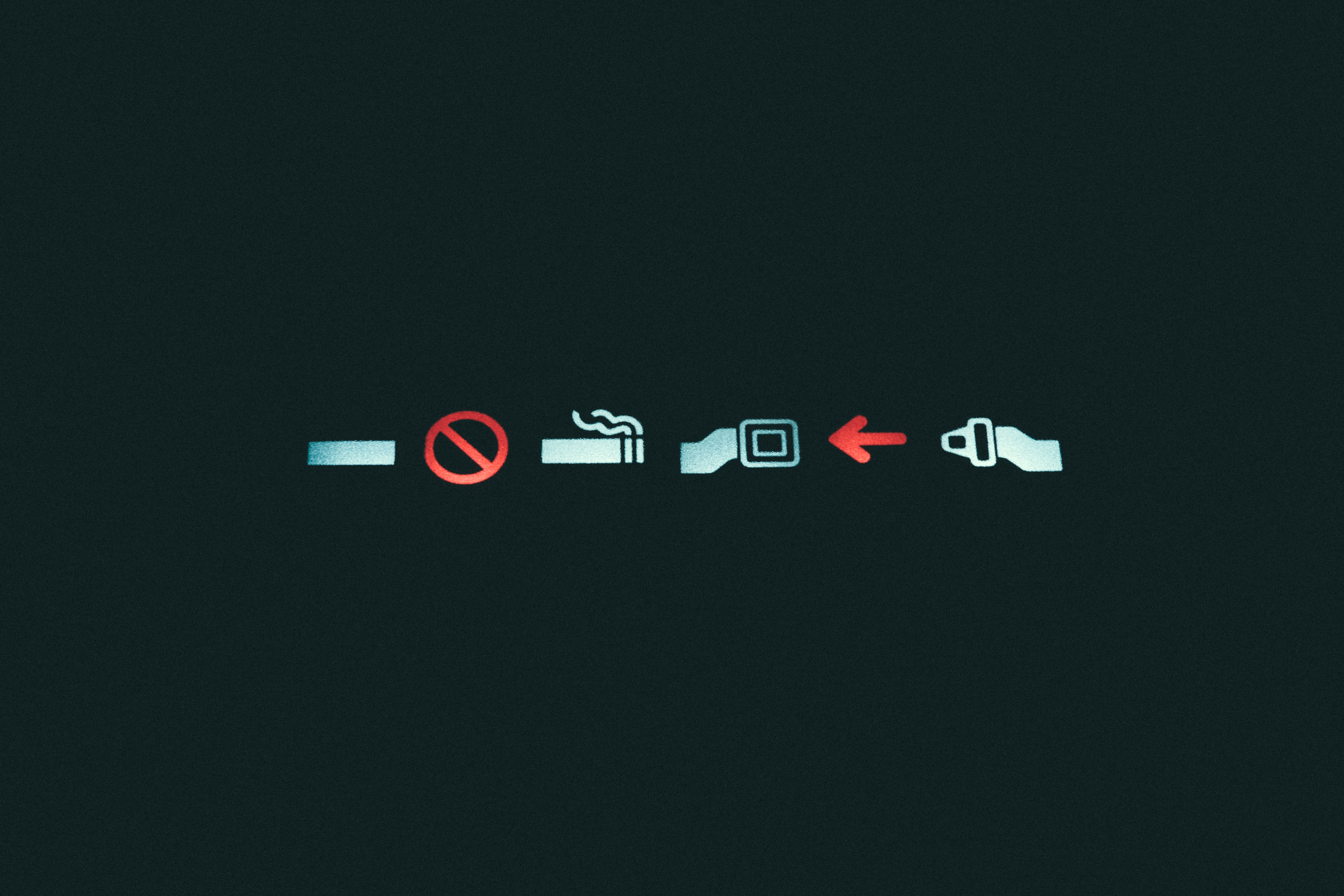Spending weeks preparing the materials for a presentation will have little effect if your delivery isn’t spot on. Stuttering, fidgeting and other quirks usually driven by nervousness distract from the key message of a presentation and draw more attention to you than to your material. During your presentation, it’s important to take a moment every once in awhile to be self-aware of your voice, body and facial expressions. Are you playing with your pen while you talk out of boredom, or is your face stone cold due to public speaking anxiety? The more you can identify what your particular bad habits are, the better you’ll be able to amend them for future presentations.
Be a Sweet Talker
Our speech affectations are part of what makes us unique. Unfortunately, this can come back to haunt us when giving a presentation. A stutter or lisp can be distracting and also make it hard for your audience to understand what you’re saying. Know what your specific faults are – whether it’s talking too quietly or saying “umm…” a lot – and take steps to minimize how they interfere with your message. But don’t be too hard on yourself – it will be a process.
 Also avoid having any lapses in speech during your presentation. Dead air is boring! Silence can creep up if you forget what you were going to say, or you have to spend time looking for a file that should have been easily accessible. Even if you’re doing a demonstration that’s more showing than telling, you should still be talking your audience through what you’re doing. If you find yourself in a quiet moment, commenting on your actions or what you just said, giving a play-by-play of what you’re doing, or making a segue into your next topic can fill the void.
Also avoid having any lapses in speech during your presentation. Dead air is boring! Silence can creep up if you forget what you were going to say, or you have to spend time looking for a file that should have been easily accessible. Even if you’re doing a demonstration that’s more showing than telling, you should still be talking your audience through what you’re doing. If you find yourself in a quiet moment, commenting on your actions or what you just said, giving a play-by-play of what you’re doing, or making a segue into your next topic can fill the void.
Make the Right Moves
There is a right time for everything, and in a presentation, your movements should be well orchestrated. If you’ve ever been to a theater performance, you might have noticed that subconsciously your eyes shift to look at whatever character is moving around on stage. This is intentional. When you move around on your “stage”, people will look at you and not at what you are presenting to them. To ensure their full attention on the content of your program, only move a) when it’s necessary (such as to get from point A to point B, or b) when your audience doesn’t need to be looking at anything else.
 Conversely, when you stop moving, your audience’s attention will turn from you onto the screen. Use this natural reaction to your advantage to exercise control over information delivery throughout your presentation. Don’t walk around idly or pace the room when you want them to be looking at your slides and graphics. Be still, young grasshopper.
Conversely, when you stop moving, your audience’s attention will turn from you onto the screen. Use this natural reaction to your advantage to exercise control over information delivery throughout your presentation. Don’t walk around idly or pace the room when you want them to be looking at your slides and graphics. Be still, young grasshopper.
Fret Not, Fidget Not
Similarly, random movements with your hands and other body parts will detract attention away from both your written and visual content and what you are saying. Playing with a pen, wringing your hands, or tapping your foot will draw more attention to your fidgeting than your figures. It’s best to get those jitters out before you get on stage. Walking around, do some jumping jacks, or whatever it is you need to do to wring the nervousness out of your body. If coffee makes you jumpy, swap it out for less caffeinated tea the day of your presentation. Do what is necessary to get relaxed beforehand, and you’ll likely find less of an impulse to fidget. If your restlessness isn’t due to nervousness, figure out where your bad habit comes from. Perhaps it’s something you started doing to help you remember something in your talk but it’s more distracting than helpful.
 It’s worth noting that gestures made consciously and deliberately can actually enhance your delivery if used correctly. For example, you might snap your fingers when you’re about to make a poignant comment. Pointing at specific sections on screen can always be helpful in directing your audience to pertinent content (a laser pointer or stick may serve you better, though). Or you could move your hands in a circle when discussing a process of change. Just don’t overdo it.
It’s worth noting that gestures made consciously and deliberately can actually enhance your delivery if used correctly. For example, you might snap your fingers when you’re about to make a poignant comment. Pointing at specific sections on screen can always be helpful in directing your audience to pertinent content (a laser pointer or stick may serve you better, though). Or you could move your hands in a circle when discussing a process of change. Just don’t overdo it.
Put on a Happy Face (When Applicable)
It’s not necessary to smile insidiously at your audience throughout your entire presentation (this might scare them away!). But changing your expressions and making eye contact at the appropriate times will keep you more engaged with them. Widen your eyes when you make a point that you want them to pay attention to – be provocative when you show them something that they should find compelling. Smile or even laugh a little when telling a story related to their industry. Be serious – just briefly – when discussing more grave topics, like profit loss and customer dissatisfaction. The big takeaway here is not to stand there blank-faced. Moderate shifts in tone and facial expression will get them on the same page as you. Make your face come to life, and your presentation will, too.
Diagnose the Problem to Find the Cure
 What areas could you be more self-aware in while giving presentations? Next time you’re at bat, take a few moments to check in with your body. Are you smiling, or is your face tensed up? What’s that noise? – Oh, it’s you tapping your pen against the table. Paying a little more attention to these things that are usually happening without our conscious knowledge is the first step in diagnosing the problem. Then, as you give more presentations, you can work on ameliorating the seemingly inconsequential movements and expressions that can affect the impact your presentation has. The more self-awareness you practice, the better your ability to make those necessary small changes that will make all the difference.
What areas could you be more self-aware in while giving presentations? Next time you’re at bat, take a few moments to check in with your body. Are you smiling, or is your face tensed up? What’s that noise? – Oh, it’s you tapping your pen against the table. Paying a little more attention to these things that are usually happening without our conscious knowledge is the first step in diagnosing the problem. Then, as you give more presentations, you can work on ameliorating the seemingly inconsequential movements and expressions that can affect the impact your presentation has. The more self-awareness you practice, the better your ability to make those necessary small changes that will make all the difference.







